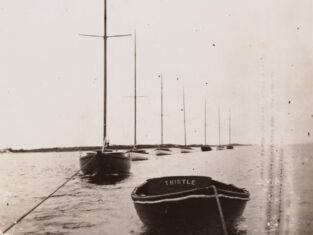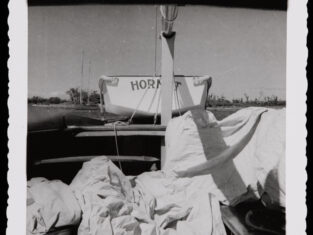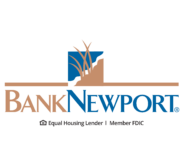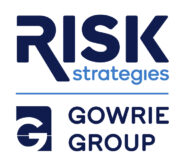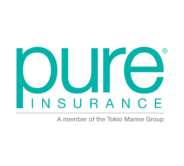HORNET (ex-NORN)
Hull No: HMCo. #1219
1932 Fishers Island 23 (H23)
Length Over All: 34' 0"
Length Water Line: 23' 0"
Draft: 4' 6"
Beam: 7' 0"
Rig: Marconi sloop
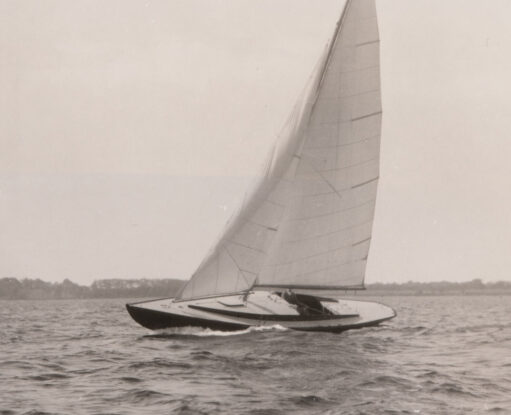
The colorful fleet of green, red, black and blue H-23s that jazzed up Fishers Island during the gloomy years of the Great Depression included HORNET with her varnished mahogany topsides. Only one of the first six was painted the traditional white. So eager for business was HMCo. back then that a demonstrator was built on speculation and shown off at several yacht clubs to kick off the class, eventually bringing in orders for an additional 13 boats. Sidney Herreshoff designed the Fishers Island 23-foot class in 1931 based somewhat upon the design of SILVER HEELS (HMCo. #1204) The underwater shape is somewhat reminiscent of an S-boat. The design was first advertised (Yachting, January 1932) simply as a 23-foot LWL sloop, but after the first boat TRONDA (HMCo. #1212) was built and sailed and accepted as a class at Fishers Island, New York, the boats were called Fishers Island 23s. As such, they gradually became Depression-era replacements for the Fishers Island 31s. Chapin Wallour owned HORNET for the longest period of any owner (1954-1975). He wrote the following letter to the museum in 1997 after learning the boat was a part of the permanent collection. It is a testament to the amount of care and attention to detail many owners possess and the connection an owner may feel even decades after a boat has been sold or given away, and helps explain how boats like HORNET have survived for years after their intended original life spans: “Dear Sir, Being greatly astonished to discover that my H-23 Hornet had been in the museum for eight years without my knowledge I made haste to come and see on 9/24/97. One look and it was true right down to the anchor chocks and the bolts I made to secure an outboard motor bracket! The motor was on board only when going through the Cape Cod Canal. I owned Hornet from 1954-1975. Since there were several owners before and several after it is clear I owned her for far longer than anyone else in fact longer than either group. Until 1958 I kept her in Duxbury and hauled her at Duxbury Marine Railway. From 1959 to 1975 I kept her in Marion (Beverly Yacht Club) and hauled her by her lifting eyes at Burr Bros. She was always stored inside with a plastic sheet over her. I hope you still have the lifting bridle that rigs up through the ventilator hole. I put in a larger ventilator so as to have a big enough hole. I also put in the deadlight in the cabin top. The prong on the afterdeck to which the backstay pelican hook attaches went through the screw plug hole in a 7’9″ Dyer Dinghy. The mainsheet blocks are moved one frame space forward on the deck from original to clear the stern of the dinghy. When I was there I pointed out that the rudder post is one frame space further aft than in the other boats of the class. The last timber of the deadwood passes aft of the lead. The only difference in the rig from original is the addition of the sheet winches and the shortening of the spreaders by 4″ to clear the Genoa. That was a great light weatehr sail. When I bought her she had a large collection of old cotton sails. Sail number was H-23/17… Yours very truly Chapin Wallour” Note: the featured image above is of an unidentified H23 under sail.
THANKS TO OUR SPONSORS


